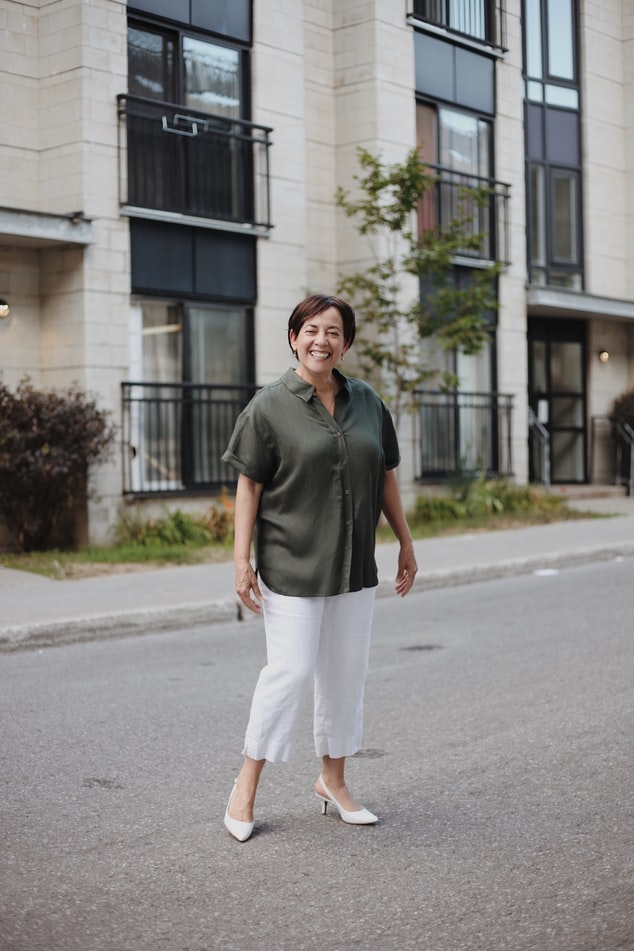
With an aging population, an increasing number of Australians are opting to live in retirement villages. While pitched at the ‘over-55s’, the average age of entry is 75, and average age of residents is 81.
Depending on the retirement villages, attractions include having home maintenance issues taken care of, more social contact, access to recreational facilities and on call assistance in case of medical emergency. Moving to a retirement village can also free up capital to support living costs in retirement.
These benefits all come at a cost, of course, and the type and amount of fees can vary enormously from village to village. There are also several different types of ownership or occupation rights or ‘tenure’. Most commonly, residents pay the market price of a unit in exchange for a long-term lease, or pay an upfront fee for a licence to occupy. Straight rental arrangements, often for serviced apartment-style accommodation, are also available in some villages.
Lots of fees
While there are many ways in which retirement villages structure their fees, the most commonly encountered include:
- Waiting list fees.
- In-going contribution. This may be referred to as a refundable deposit, purchase price or a loan, and will be the largest upfront payment.
- A regular (e.g. monthly) maintenance fee to cover upkeep of facilities, pay staff and cover a range of services.
- Personal services fees for things like meals, laundry and personal care.
- Utilities.
- Deferred management fee, or departure or exit fee, on leaving the village.
- A refurbishment fee.
- Share of any capital gain. On the other hand, when you leave the village you will receive the proceeds of selling your unit less any exit fees. However, depending on the prevailing market it can be many months before the final payment is received.
Centrelink considerations
If your entry contribution is more than the extra allowable amount (the difference between non-home owner and home owner assets test threshold) Centrelink will classify you as a home owner. This applies to most people. Anyone assessed as a non-home owner may be eligible for rent assistance, with the amount based on the ongoing fees.
Major event
Moving house is a major and stressful life event at the best of times. With their varying fees and ownership structures, a move into a retirement village may be even more complicated.
That’s no reason to dismiss the idea – many retirement village residents report an increase in their happiness as a result of making the move. However, entering a village has major financial consequences, so talk to your financial advisor about they assistance they may be able to offer you.
You need to consider with your financial planner (or adviser), your objectives, financial situation and your particular needs prior to making an investment decision. Sensibly Pty Ltd and its authorised representatives (or credit representatives) do not accept liability for any errors or omissions of information supplied on this website
Nick Shanley, Steve May, Luke Styles and Shanley Financial Planning T/A Steve May Financial Services are Authorised Representatives / Corporate Authorised Representative of Sensibly Pty Ltd, AFSL 533923. Please refer to our website at www.stevemayfs.com.au to reference our Financial Services Guides.
